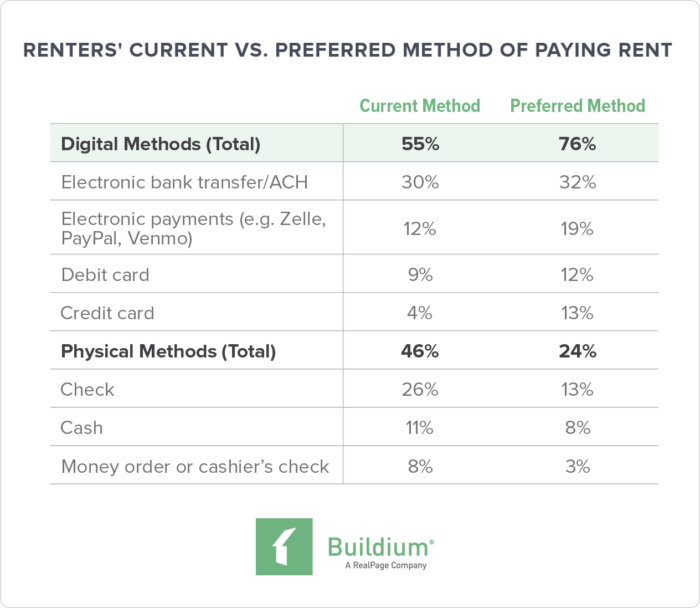Direct deposits
Efficient Rental Payment Methods: Streamlining Your Financial Transactions

Streamlining Financial Transactions: Exploring Rental Payment Methods
Efficient and reliable rental payment methods are crucial for both landlords and tenants. Navigating the diverse options available and choosing the right payment method can contribute to a smooth and hassle-free rental experience. In this article, we’ll delve into various rental payment methods, highlighting their advantages, considerations, and the importance of selecting the most suitable option for your specific circumstances.
Traditional Methods: Checks and Cash Transactions
Traditionally, rental payments were often made through checks or cash transactions. While some landlords still accept these methods, there are inherent challenges. Checks can be lost or delayed, leading to potential payment issues. Cash transactions, on the other hand, lack a traceable record and may pose security concerns for both parties. In today’s digital age, exploring more efficient options is advisable.
Bank Transfers and Direct Deposits: Electronic Convenience
Bank transfers and direct deposits have become increasingly popular due to their convenience and efficiency. Tenants can set up recurring transfers, ensuring that rent is automatically deposited into the landlord’s account on a specified date. This eliminates the need for physical checks, reduces the risk of late payments, and provides a clear transaction record for both parties.
Online Payment Platforms: Secure and Transparent Transactions
The rise of online payment platforms has revolutionized rental transactions. Services like PayPal, Venmo, and various property management platforms offer secure and transparent payment options. Tenants can make payments with a few clicks, and landlords receive funds directly into their accounts. Additionally, these platforms often provide features like automatic rent reminders and payment tracking.
Credit and Debit Card Payments: Convenience with Caution
Accepting credit and debit card payments can be convenient for tenants, offering flexibility in payment timing. However, landlords need to be aware of associated fees, which can cut into the rental income. Additionally, not all landlords may have the infrastructure in place to process card payments, so this option requires careful consideration and clear communication between parties.
Mobile Payment Apps: On-the-Go Solutions
Mobile payment apps, such as Cash App and Zelle, provide on-the-go solutions for tenants and landlords alike. These apps allow quick and easy transfers from a mobile device, streamlining the payment process. It’s essential to ensure that both parties have compatible apps and that transactions are conducted securely to prevent potential issues.
Cryptocurrency Transactions: Emerging Trends
While still in the early stages, some landlords and tenants explore cryptocurrency transactions for rental payments. Bitcoin and other cryptocurrencies offer the potential for borderless transactions and increased privacy. However, the volatility of cryptocurrencies and the limited acceptance in the rental market make this option less mainstream and more speculative.
Considering Tenant Preferences: Open Communication
Understanding tenant preferences is crucial when choosing a rental payment method. Some tenants may prefer the convenience of online platforms, while others may feel more comfortable with traditional methods. Open communication between landlords and tenants ensures that the chosen payment method aligns with both parties’ preferences and capabilities.
Legal and Regulatory Considerations: Compliance Matters
Landlords must consider legal and regulatory
